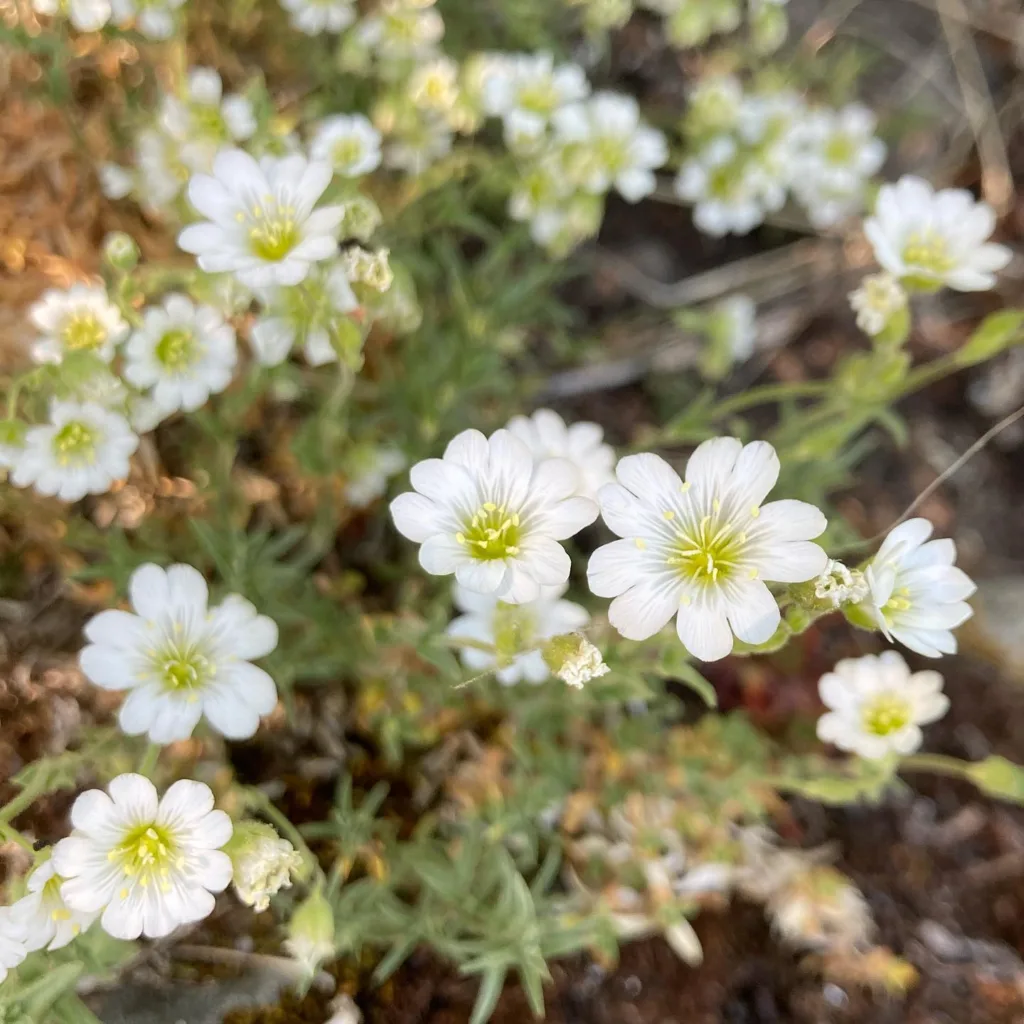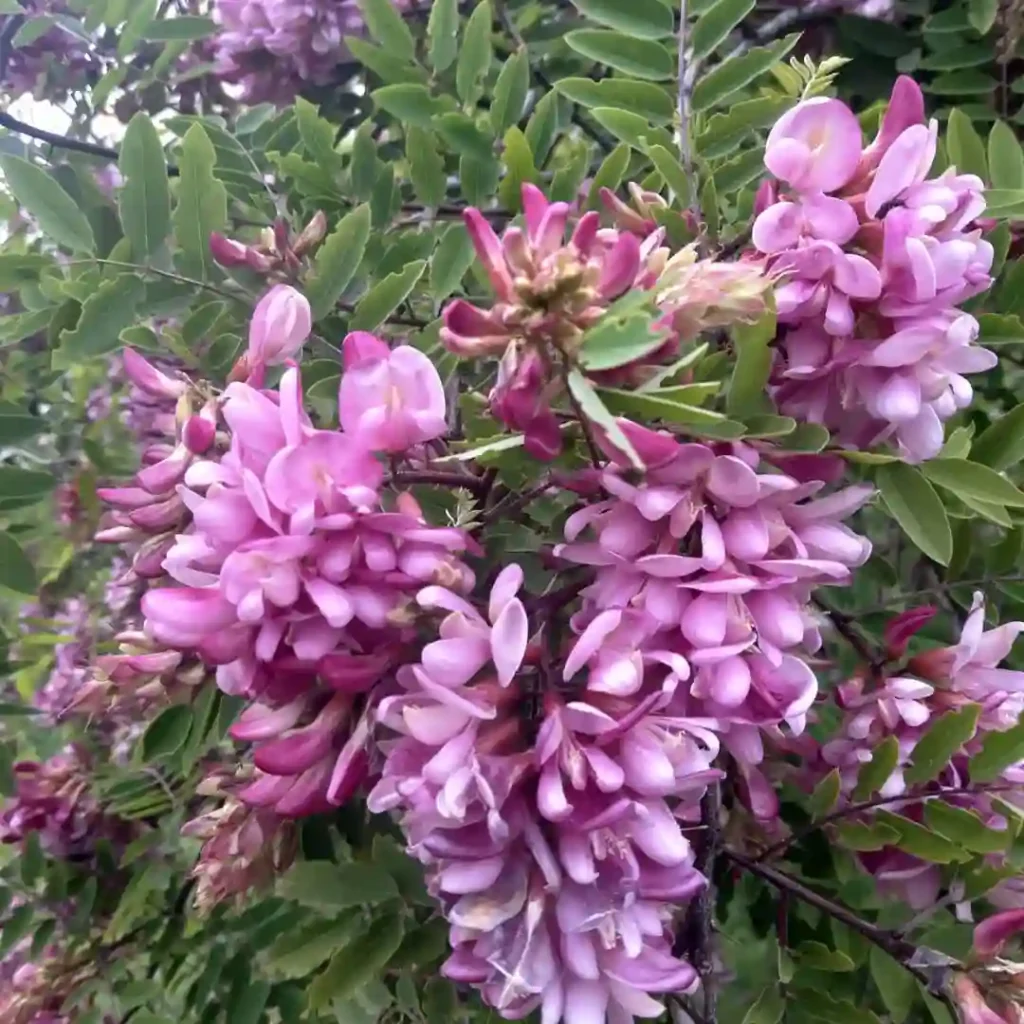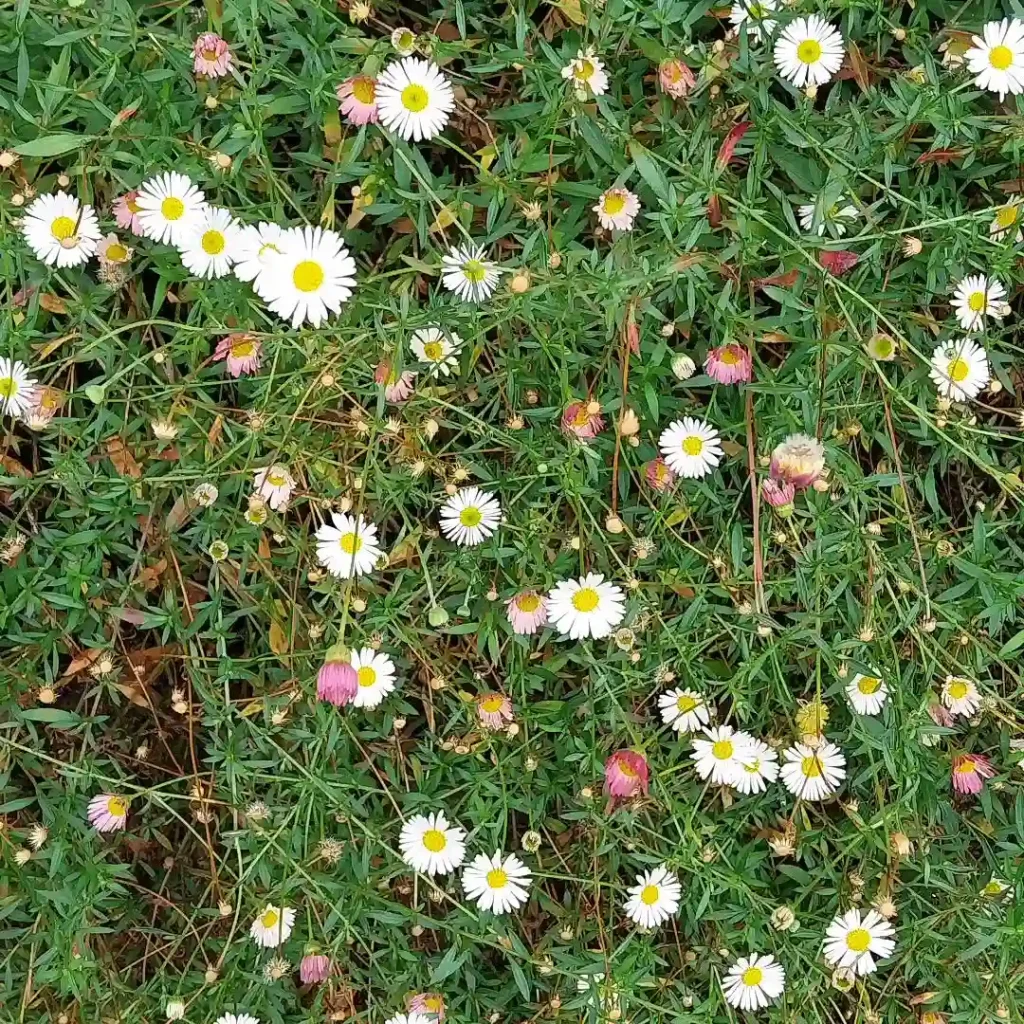What Is Heliamphora Macdonaldae?
Heliamphora Macdonaldae, often called MacDonald’s Sundew, is a fascinating carnivorous plant native to the highland plateaus of Venezuela. This plant belongs to the Heliamphora genus, which is renowned for its unique, pitcher-shaped leaves. These leaves are adapted to trap and digest insects, which are essential for the plant’s nutrition. Unlike some other carnivorous plants, Heliamphora Macdonaldae thrives in cooler, more humid environments, making it a bit different from the tropical varieties we might be more familiar with.
18 Species in Genus Heliamphora
How to Care for Heliamphora Macdonaldae?
Caring for Heliamphora Macdonaldae can be a bit challenging but rewarding. Here are some key points to keep in mind:
- Light: Heliamphora Macdonaldae requires bright, indirect light. Direct sunlight can scorch its leaves, so placing it near a window with filtered light or under fluorescent grow lights is ideal.
- Temperature: This plant prefers cooler temperatures. Aim for a range between 65-75°F (18-24°C) during the day and slightly cooler at night. Avoid temperatures above 80°F (27°C), as they can stress the plant.
- Humidity: High humidity is crucial for Heliamphora Macdonaldae. Maintain humidity levels above 50%, ideally around 60-70%. A humidity tray or a room humidifier can help achieve this.
- Watering: Use distilled or rainwater to keep the plant hydrated. Heliamphora Macdonaldae is sensitive to minerals and chemicals commonly found in tap water. Keep the soil consistently moist but not waterlogged. It’s also a good idea to place the pot in a tray with a layer of water to ensure the plant gets the moisture it needs.
- Soil: This plant thrives in a well-draining, acidic mix. A blend of sphagnum moss and perlite works well. Avoid using regular potting soil as it can retain too much moisture and contain nutrients that can harm the plant.
How to Propagate Heliamphora Macdonaldae?
Propagating Heliamphora Macdonaldae is not as straightforward as with some other plants. It primarily reproduces through the division of offsets, which are small, new growths that appear around the base of the plant. Here’s how to do it:
- Identify Offsets: Look for small rosettes or offshoots growing at the base of the main plant. These are potential candidates for propagation.
- Prepare Tools: Sterilize a sharp knife or scissors to prevent disease spread.
- Separate Offsets: Gently separate the offsets from the main plant. Be careful not to damage the roots.
- Potting: Plant the offsets in small pots filled with a suitable carnivorous plant mix (sphagnum moss and perlite). Ensure that the new pots have good drainage.
- Care for New Plants: Place the pots in a humid environment with indirect light. Water them regularly with distilled or rainwater.
What to Plant with Heliamphora Macdonaldae?
If you’re looking to create a diverse and visually appealing carnivorous plant setup, consider pairing Heliamphora Macdonaldae with other plants that share similar environmental needs. Some good companions include:
- Nepenthes: Another genus of carnivorous plants with similar humidity and light requirements. Nepenthes, or pitcher plants, can add variety to your setup with their different pitcher shapes and colors.
- Drosera: Known as sundews, these plants have a different trapping mechanism but thrive in similar conditions. Their sticky, glandular leaves can complement the pitcher traps of Heliamphora Macdonaldae.
- Sarracenia: These North American pitcher plants can tolerate similar conditions and can provide a contrasting pitcher shape to the Heliamphora Macdonaldae.
Common Problems and Solutions
Even with the best care, you might encounter a few issues with Heliamphora Macdonaldae:
- Brown Tips: This often indicates that the plant is getting too much direct sunlight or is exposed to low humidity. Adjust the light conditions and increase humidity.
- Leaf Drop: If the plant is losing leaves, it might be a sign of overwatering or poor soil drainage. Ensure the soil is well-draining and that the plant is not sitting in stagnant water.
- Pest Issues: While relatively pest-resistant, Heliamphora Macdonaldae can occasionally attract insects like aphids or spider mites. Use insecticidal soap or neem oil to treat any infestations.
Final Thoughts
Heliamphora Macdonaldae is a captivating addition to any plant collection, especially for those interested in carnivorous plants. With its unique trapping mechanism and specific care requirements, it can be a bit of a challenge but is well worth the effort. By providing the right conditions and keeping an eye on its needs, you can enjoy this extraordinary plant’s beauty and functionality for years to come.
If i die, water my plants!



